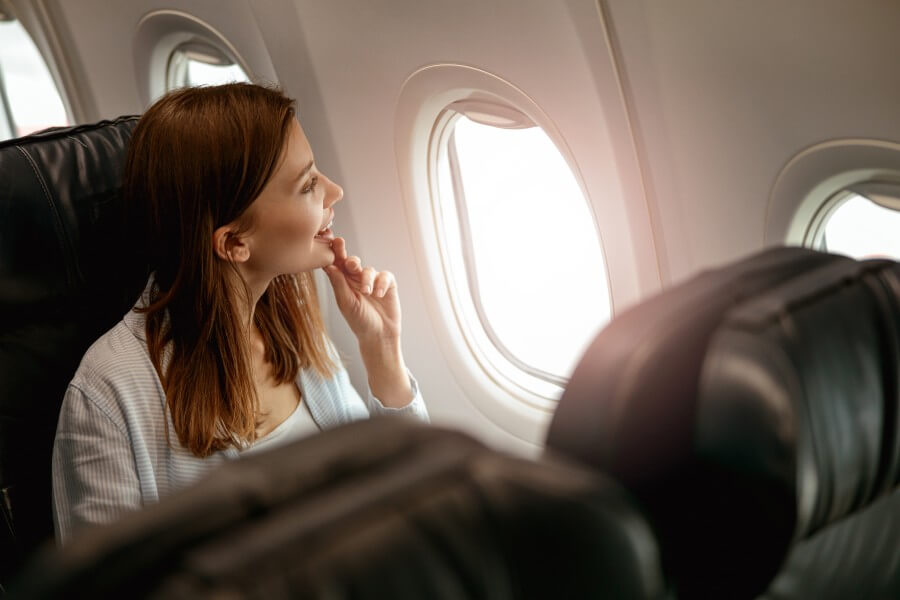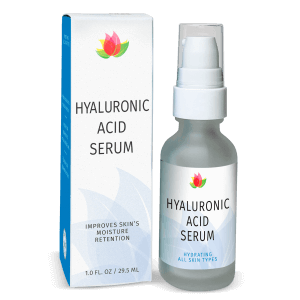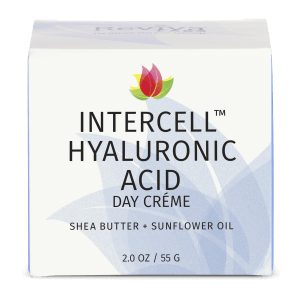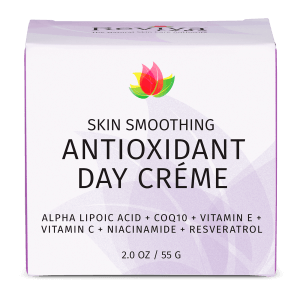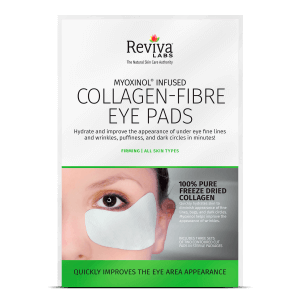Traveling can be an exhilarating experience, but long-haul flights are notoriously harsh on your skin. The recirculated cabin air is dry and devoid of humidity, which can lead to dehydration, irritation, and tired-looking skin. Fortunately, with a bit of preparation and the right skincare strategy, you can arrive at your destination with a fresh and glowing complexion. Here’s how to maintain your skin’s health while flying.
Start with a Clean Base
Before you board your plane, it’s vital to start with a clean canvas. Thoroughly cleansing your face removes any dirt, oil, and makeup that could interact negatively with the dry cabin air. Use a gentle cleanser that won’t strip your skin of its natural oils, which are necessary for maintaining moisture levels during the flight.
Hydration is Key
The most important aspect of your in-flight skincare routine is hydration. The air inside the cabin of an airplane has very low humidity, which can cause your skin to lose moisture rapidly. According to a study by the World Health Organization, the humidity in airplane cabins is usually less than 20%, which is significantly lower than the indoor humidity levels of 30-40% that are generally recommended for comfort and health. To counteract the drying effects of the cabin air, apply a hydrating serum or moisturizer. Look for products containing hyaluronic acid, which is known for its ability to hold up to 1000 times its weight in water, making it an excellent ingredient for deep hydration.
Protect Your Skin Barrier
In addition to deep hydration, protecting your skin barrier is crucial during a long flight. A compromised skin barrier can lead to increased sensitivity and dryness. Use a barrier cream that contains ceramides and essential fatty acids. These ingredients help to fortify the skin’s natural barrier and prevent moisture loss. Reapplying the cream throughout the flight can provide continuous protection and comfort.
Use a Nourishing Face Mask
A long flight can be the perfect opportunity to treat your skin to a nourishing face mask. Opt for a hydrating mask that doesn’t need to be rinsed off. Masks that contain soothing ingredients like aloe vera or chamomile can also help calm any skin redness or irritation caused by the dry air. Applying a face mask while you watch a movie or read a book can make the time pass more enjoyably while you treat your skin.
Don’t Forget Your Eyes and Lips
The skin around your eyes and lips is particularly delicate and can suffer from dryness on long flights. Use a rich eye cream to hydrate and protect this area. For your lips, apply a hydrating lip balm liberally before, during, and after your flight to prevent chapping and discomfort.
Sun Protection
While it might seem unnecessary to wear sunscreen on a plane, if you’re seated next to a window, you are still exposed to UV rays, particularly harmful at high altitudes. Apply a broad-spectrum sunscreen with an SPF of 30 or higher as part of your skincare routine. Reapply if your flight is longer than two hours to ensure continuous protection.
Refresh with Mists and Sprays
Facial mists and sprays can be lifesavers on long flights. They not only refresh the skin but also offer an additional layer of hydration. Look for mists that contain hydrating ingredients and antioxidants to protect against environmental damage. A quick spritz over your face every few hours can help keep your skin hydrated and refreshed throughout the flight.
Hands and Neck Care
Your hands and neck can also show signs of dryness and discomfort during a long flight, so don’t neglect these areas. Apply the same moisturizer you use on your face to your neck and the backs of your hands. These areas are as exposed as your face and can benefit from regular applications of cream.
Diet and Hydration
What you consume on your flight also plays a critical role in how your skin looks and feels. Drink plenty of water throughout the trip to help maintain hydration levels. Avoid alcohol and salty foods, which can exacerbate dehydration and puffiness. Opting for fresh fruits and vegetables can also provide your skin with essential nutrients and help keep moisture levels balanced.
Post-Flight Care
Once you arrive at your destination, give your skin a good cleanse to remove any grime accumulated during the flight. Follow up with a hydrating toner and a richer moisturizer or night cream to help recover from the dry air. If possible, give your skin a break from makeup the day after arrival to let it breathe and recover fully.
Long Flights Doesn’t Mean Bad Skin
With a little planning and the right products, you can protect your skin from the harsh conditions of air travel and arrive looking refreshed. Implementing these simple steps into your travel routine can make a significant difference in maintaining your skin’s health and appearance, no matter how long the journey.



